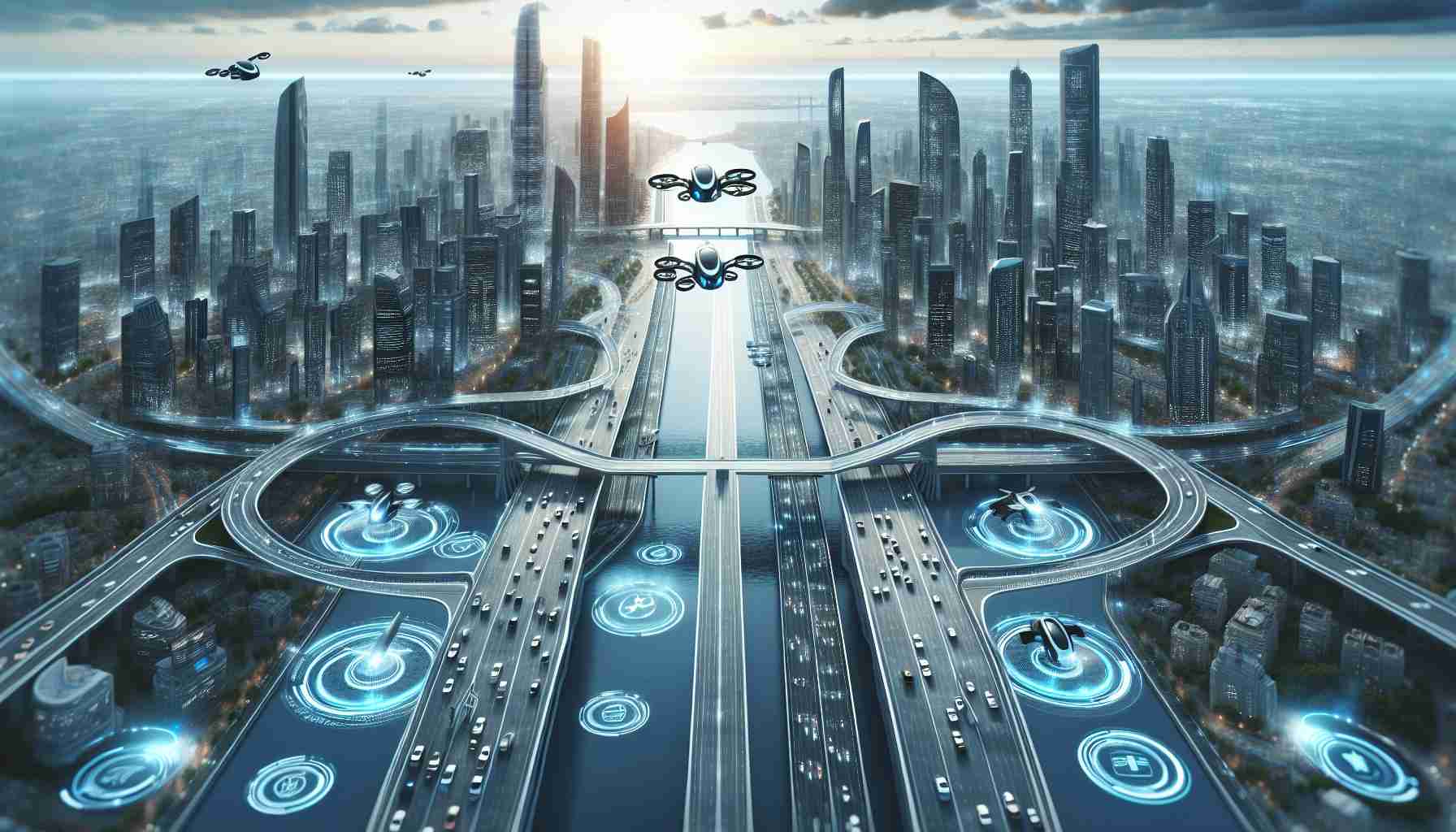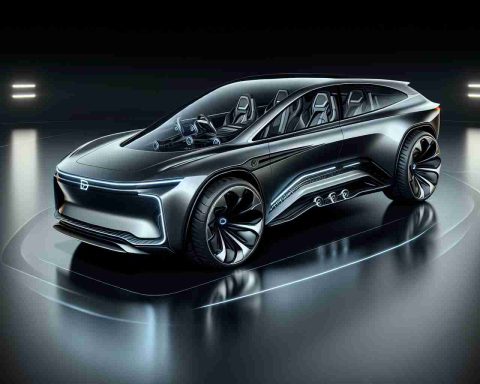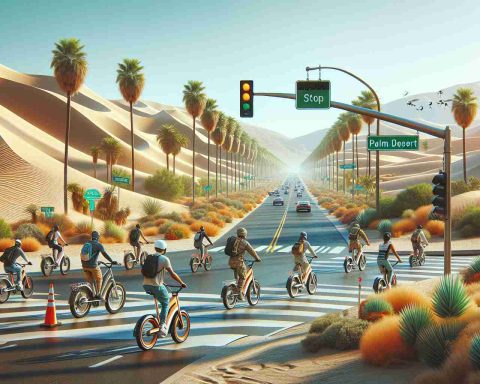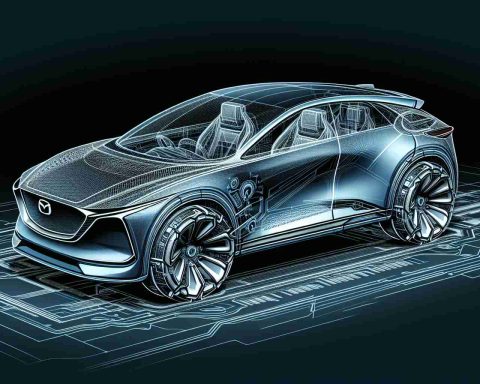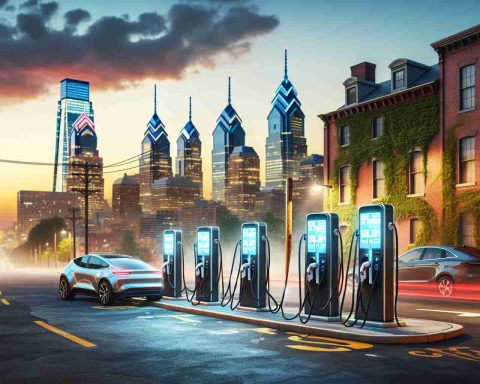- Flying cars are becoming a realistic solution to urban transport issues due to advances in technology.
- Key innovations driving this trend include advanced batteries, AI navigation, and lightweight materials.
- Major players like Uber Elevate, Joby Aviation, Lilium, and Hyundai are leading developments in this field.
- Challenges include air traffic management, regulatory development, public acceptance, and integration with urban infrastructure.
- The concept of flying cars is transitioning from a fantasy to a practical reality with growing prototype demonstrations expected soon.
In a world where technology is continuously reshaping our daily lives, flying cars are emerging as a tangible solution to urban transportation woes. Major companies and ambitious startups are racing to perfect these futuristic vehicles, promising to change how we perceive commuting.
Why Now? The convergence of advanced battery technologies, AI-driven navigation systems, and lightweight materials have propelled flying cars from science fiction to a burgeoning reality. Unlike conventional cars, these vehicles are designed to lift-off vertically, eliminating the need for expansive runways.
The Players Several companies are at the forefront of this aerial revolution. Uber Elevate, for example, aims to test demonstrations by 2025, while startups like Joby Aviation and Lilium are developing electric air taxis with impressive ranges and reduced noise levels. Notably, automotive giant Hyundai has also unveiled their flying car concepts, signaling industry-wide confidence in this mode of transport.
Challenges Ahead Despite the promise, there are significant hurdles to overcome. Air traffic management for such vehicles remains a complex issue, and regulatory frameworks are still in development stages. Moreover, public acceptance and integration into existing urban infrastructure present additional challenges.
The Future Beckons As we venture into a new decade, the dream of flying above congested streets is rapidly transforming into a prototype-filled reality. While widespread adoption may take a few years, the notion of skipping traffic jams by soaring through the sky is no longer just a futuristic fantasy; it’s a rapidly approaching reality.
Are Flying Cars the Future of Urban Travel? Everything You Need to Know Now!
How Are Flying Cars Revolutionizing Urban Transportation?
Flying cars are poised to redefine urban transportation by addressing common issues such as traffic congestion and lengthy commute times. Their capability to take off and land vertically enables efficient use of urban space, potentially decreasing the need for extensive roadway infrastructures. By incorporating advanced battery technologies and AI-driven navigation systems, these vehicles promise not only to be fast and efficient but also environmentally friendly due to their electric powertrains. Companies like Joby Aviation and Lilium are expected to deliver electric air taxis that prioritize reduced noise levels, making them more conducive to urban environments.
What Are the Current Limitations of Flying Cars?
Despite the impressive technological advancements, flying cars face numerous challenges. Primarily, there is the complexity of air traffic management, which must evolve to include low-altitude urban flight paths. This requires new regulatory frameworks and infrastructure, including vertiports for takeoff and landing. Safety regulations are still being defined, and there is the need for public acceptance of this new mode of transport. The cost of production and operation also remains a barrier to widespread adoption, making initial deployments viable mainly in more affluent or technology-driven urban markets.
How Do Flying Cars Compare to Traditional Transport Options?
When compared to traditional transport mediums like buses and trains, flying cars offer the distinct advantage of bypassing ground congestion, thus saving time and reducing commute stress. However, they currently cannot match the passenger capacity and affordability of public transit systems. For individual or small group travel, especially over moderately long distances within city limits, flying cars can provide a faster alternative. As advancements continue and economies of scale come into play, it is anticipated that the cost differential will diminish, potentially making this a more widely accessible option.
For more insights into technological advancements, consider visiting Hyundai and Uber.
